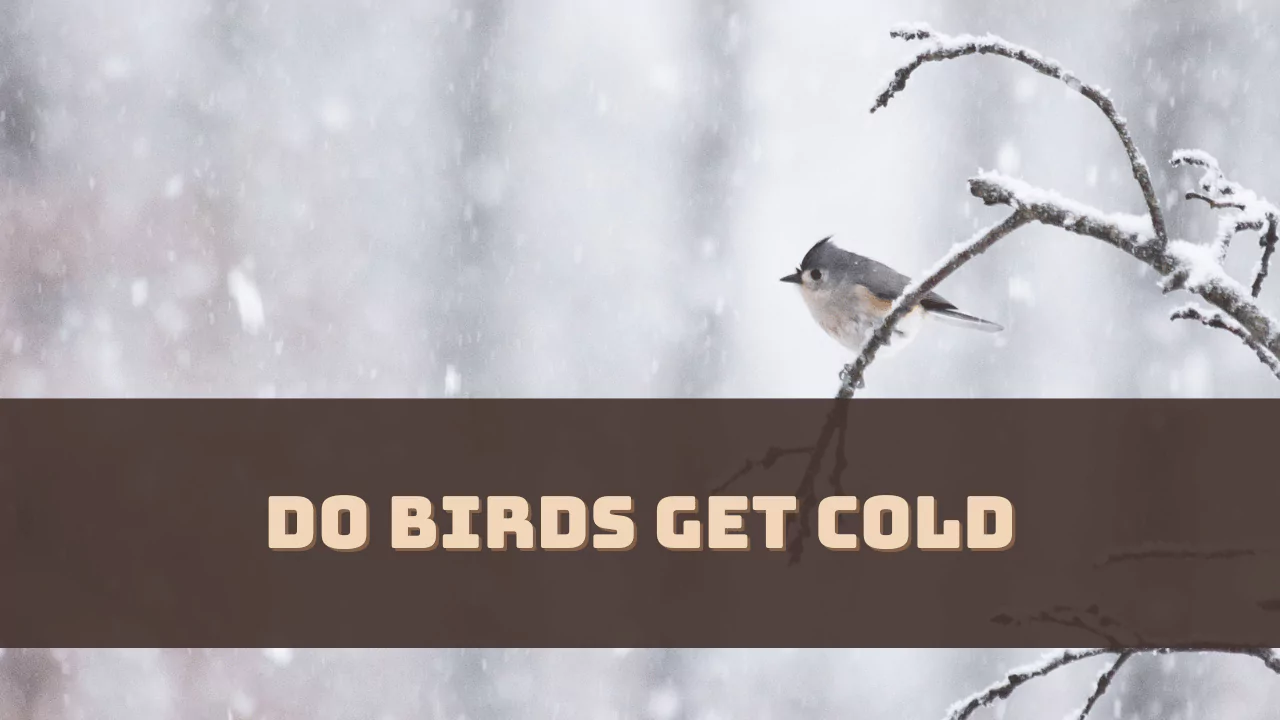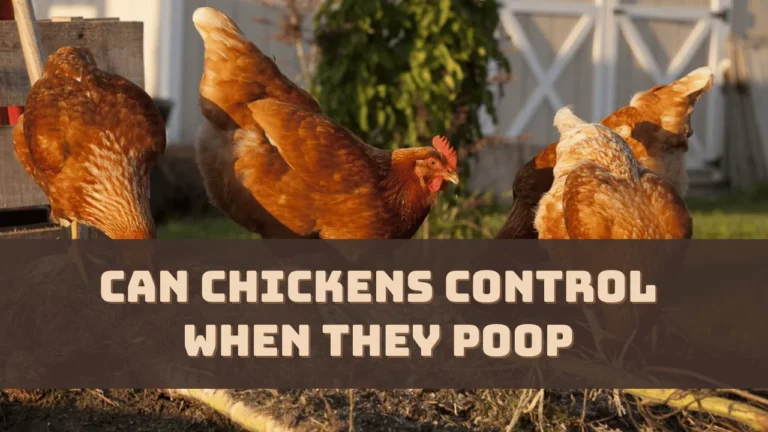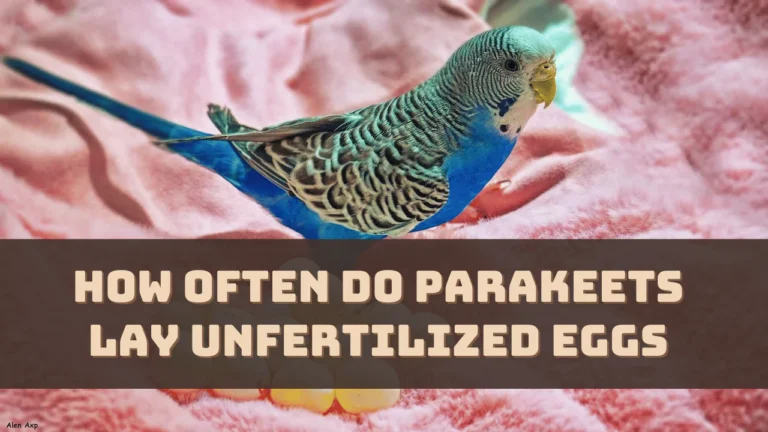Birds, like humans, can indeed feel cold. They have various mechanisms to cope with dropping temperatures. One of the primary methods birds employ to stay warm is shivering.
This action helps generate heat, aiding in maintaining their body temperature. Birds possess higher metabolic rates compared to humans, which means they burn more energy to keep warm.
For instance, black-capped chickadees, despite their small size, can sustain a body temperature of 100 degrees Fahrenheit even when the surrounding air is as cold as 0 degrees.
Let’s dive in and get to know how birds deal with winter and buster certain myths associated with it.
9 Strategies Birds Follow to Stay Warm During Cold
Birds follow different strategies to stay away from the freezing cold weather, such as
Donning Layer
The feathers of the bird are known for repelling water, so even if it’s cold and the moisture content of the air is high, they remain dry. They also have a base layer made of fine Downy feathers which trap the body heat keeping them warm in snowy weather. Some birds also put on a heavy coat of plumage as an adaptive strategy.
Layering Up
Birds are seen fluffing up, creating hundreds of pockets within the feathers that trap the heat. This process helps to maximize the natural insulation and protect the bird even in a freezing climate. Fluffing up is also known as piloerection, where the bird seems to have become fatter or has gained excessive weight.
Hunkering Down
Birds look for bushy trees, shrubs, or tree cavities to take refuge. They can also take shelter in man-made structures during the winter. It is a way of hiding themselves from the freezing winter and cold nights.
Cuddling Together
Birds are seen clustering together to share the heat and stay warm during the winter. This is typically seen in sparrows and bluebirds and this process of cuddling together helps the birds to conserve the heat as it reduces the surface area to volume ratio. The birds are seen to form a line or a ball throughout the night and switch positions when the outermost edge loses more heat than the ones in the middle. You can see a group of 5 or more birds, which can increase up to 60 birds in a row.
Gaining Weight
Many birds increase the insulation by eating more and this helps to build energy and store energy when the food is scanty. This reserved energy helps the birds gain weight and assists in trapping the energy reserves, keeping them warm even in increasing cold. Birds are seen to feed more on nuts and insects which are high in fat and protein content. Some birds even switch their diet from fruits to seeds that have high oil content.
Caching In
During winter, usually, resources get scarce and so many birds hide food, such as nuts and seeds in their nest, so that they can remain full even when it is harsh cold outside. This helps them to have their daily meal and stay healthy to gain energy and fight the winter season.
Tucking/ Standing Posture
The feet of the birds do not have feathers, but they can withstand cold as some birds are seen tucking one leg into the feather to gain warmth, while the other leg helps them to balance on the tree branch. This system is known as a counter-current exchange, so any heat that is lost to the activities of the body of the bird is replaced instantly. Bird’s feet help them to escape the cold as they have developed this mechanism where the legs have thin-walled blood vessels in the skin of the feet rather than bones and tendons.
Torpor
Some bird species go into torpor which is a kind of hibernation state and it allows the bird to lower its body temperature and heart rate, which helps to conserve the heat. It may seem that the bird is in a lifeless state, but rather they are trying to survive the cold temperature. However, this situation makes them vulnerable to predators as their reactions during an emergency situation get very slow.
Migrate
Birds migrate to warmer regions when the cold strikes. They can fly great distances either along with the flocks or alone. They usually start their journey during the early winter, so that not much energy is wasted in staying warm, rather, they can utilize it to complete the distance at the earliest.
How Can You Help the Birds During Winter?
If you love watching birds, then it’s time to help them when the winter strikes:
Install a Bird Feeder
You can put up a bird feeder and stack it up with food all winter so that there is no scarcity of food for the non-migratory birds. Start with paying attention to the type of birds who approach the bird feeder during the winter and you can place their favorite food that has a high calorie and high fat content. Black oil sunflower seed is the most recommended food item that can help a bird maintain body heat during the long winter.
Provide Water
During winter, natural water sources dry out or get frozen, so you need to provide access to freshwater to the birds. You can install a bird waterer or place a shallow dish in the backyard filled with water. You need to refill the water every day with fresh water and monitor the water source daily. You can also invest in a heated bird bath if it’s freezing cold outside.
Put Up a Bird House
Non-migratory birds usually look for shelter or birdhouses as it gets difficult to find a suitable place to shield from the cold climate and stay warm. So, you can put up a birdhouse, however, not all species of birds can settle here, but you can ensure to help some of them when the temperature drops. You need to ensure that there is enough space for the birds to enter or escape the birdhouse.
2. Myths Busted Related to Birds Tacticling the Cold Climate
If you’re worried that the birds will freeze to death when the winter strikes, then it is a myth. There are many ways or strategies that they implement to save themselves during the winter. Let’s clear two such myths –
1. Birds Might Freeze to Death When the Temperature Drops to Zero
No, birds don’t reach that level, as they have many tactics, such as storing fat, trapping heat flowing, reducing the metabolism to conserve energy, and more, keeping their body temperature 105 degrees even when the cold strikes. They also roost in places or birdhouses acting as a natural shield for them to survive the winter.
2. All Birds Migrate South for Winter
Some of the birds might migrate but there are many birds who stay in their breeding ground or natural habitat and find basic tactics to survive the winter. Some birds do not have the wings or feathers to fly long distances or migrate.
How Much Temperature Can a Bird Tolerate?
A Bird can tolerate as low as 50 degrees, and once the temperature starts dropping below that they apply strategies to stay warm.
What are the Signs of a Pet Bird Suffering from a Cold?
A pet bird can suffer from a cold and you need to look out for symptoms, such as – puffing air into feathers, loss of appetite, lethargy, presence of fluid from their eyes and nose, breathing heavily and almost stopping to eat.


![Can Ducks Have Celery? [Explained] 7 Can Ducks Have Celery](https://masterbirds.com/wp-content/uploads/2024/02/can-ducks-have-celery-768x432.webp)

